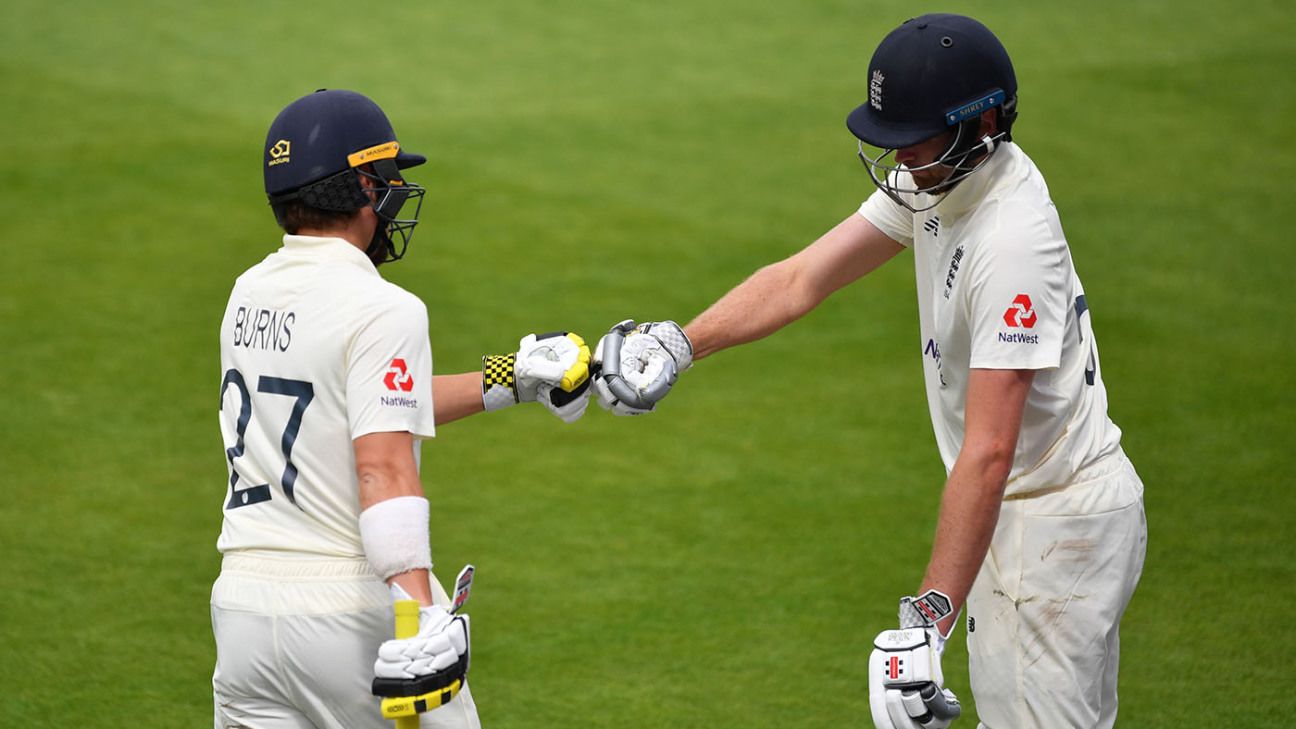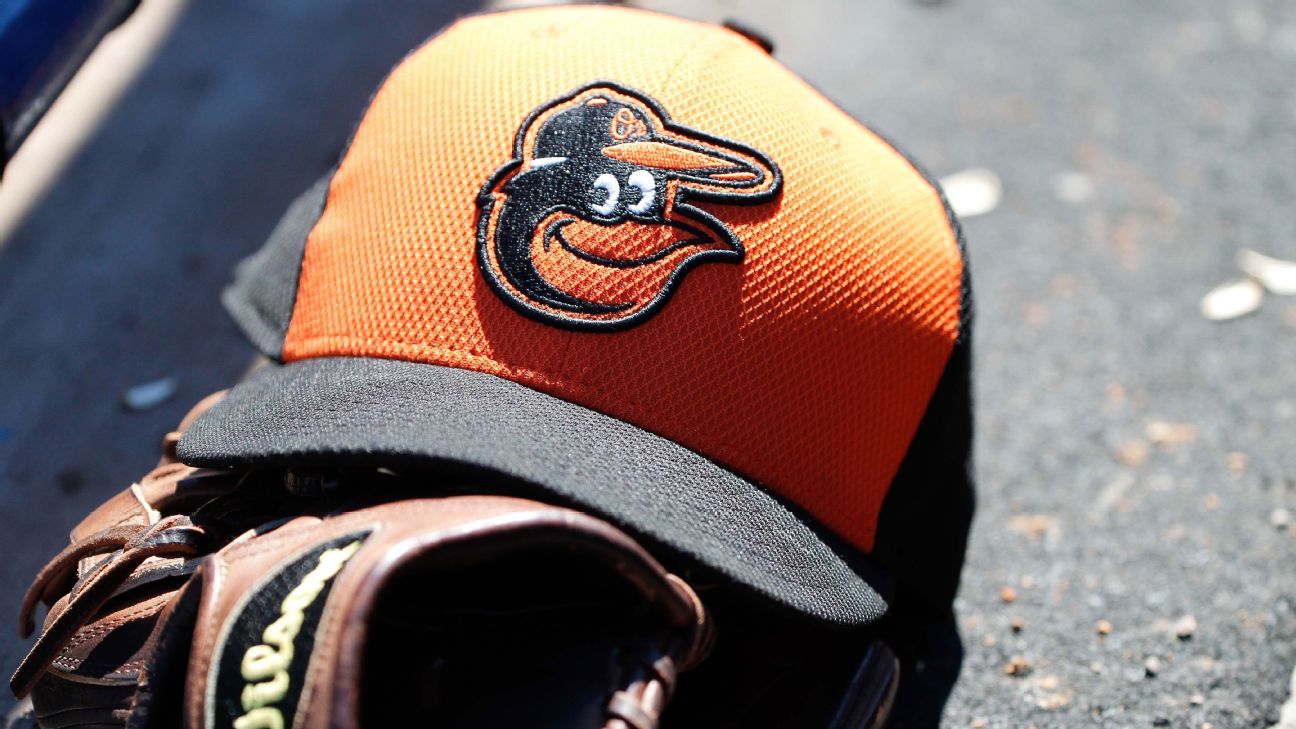
Andrew Strauss believes Dom Sibley and Rory Burns are "made of the right stuff temperamentally" to form a long-term opening partnership for England.
Sibley and Burns recorded England's first century partnership in a home Test since 2016 during the third Test against West Indies at Emirates Old Trafford. And with both men having now made two Test centuries and helped England return to a stage where they are beginning to score 400 again quite regularly - they have done so four times since Sibley joined the team in November; before that they had only managed it once from the start of 2018 - Strauss believes the team are "closer to sorting the batting conundrum" than for some time.
"I think Sibley and Burns at the top of the order are made of the right stuff temperamentally," Strauss said. "They've both got quite quirky but very effective games. And, as we all know, if the openers do their job then it makes it so much easier for the players coming in down the order.
"When I cast my mind back to the time I was director of cricket, there was frustration that the Test team seemed to take one step forward and one step back. We weren't making the progress we wanted, particularly with top-order batting. We're closer to sorting the batting conundrum than we have been for some time. I think that is a big tick."
ALSO READ: Stuart Broad is at the top of his game - Strauss
Strauss captained the side as one of England's openers the last time they won an away Ashes series in 2010-11, but was also at the top of the order for the 5-0 whitewash on the previous tour four years earlier. He rated the challenge of succeeding in Australia as the toughest of his career but, while recognising the next tour in 2021-22 would represent "a significant new challenge" for Burns and Sibley, he suggested they would be "relishing" the experience.
"A lot of opening batsmen say playing in England is the hardest challenge they had," Strauss said. "If you are English, we're more used to it and it's a bit more in our comfort zone.
"For me, the biggest challenge was Australia. There are two reasons for that. The first is, the extra bounce is very hard to deal with, especially when the ball is new. And secondly, the Kookaburra ball does tend to swing quite a lot for the first 10 to 15 overs. After that it obviously gets much easier.
"I remember that 2006-07 tour and getting out twice pulling in that first Test and thinking 'Oh my God, I can't pull the ball, what other shots have I got to play in Australia apart from the cut?' You start second-guessing your technique straight away and on that tour, once you did get in, you also had Shane Warne to contend with down the line.
"You have really got to dig deep and just find a way through the first 10 overs or so when you feel so much is to the advantage of bowlers. But if get can get through that, you're in a great position to get a big score.
"It's a significant new challenge for those guys. Burns showed some fantastic technique and ticker against Australia last year. I thought he played brilliantly in that [home] Ashes series; probably the pick of the England batsmen if I'm honest.
"Sibley's method of getting across the stumps and getting into the channel works well in most circumstances. He might have to be careful about the potential to be caught down the leg side or at leg slip in Australia.
"But he will work that out and they will be relishing the challenge of doing that."















 Phone: (800) 737. 6040
Phone: (800) 737. 6040 Fax: (800) 825 5558
Fax: (800) 825 5558 Website:
Website:  Email:
Email: 






